Computer Numerical Control CNC Tracking has become a vital part of modern manufacturing. This technology helps factories work smarter and make better products. In this guide, we’ll explore how CNC tracking works and why it matters in today’s manufacturing world.
What Is CNC Tracking?
CNC tracking means watching and controlling machines that make things automatically. Think of it like having a smart helper that keeps an eye on all the factory machines at once. These machines use computers to cut, shape, and build parts exactly the way we want them.
When we talk about tracking in CNC manufacturing, we’re talking about watching three main things: the machines themselves, the parts they’re making, and how well everything is working together.
Why CNC Tracking Matters
Manufacturing efficiency improves greatly when we use CNC tracking. Imagine trying to cook many different meals in a kitchen without watching the stove or knowing when things are done. That would be hard! CNC tracking is like having a special timer and temperature gauge for every pot and pan in the kitchen.
Some key benefits include:
Making sure parts come out perfect every time
Catching problems before they become big issues
Saving money by not wasting materials
Getting work done faster and more safely
How CNC Tracking Systems Work
The Basic Parts
A CNC tracking system has several important pieces that work together:
Sensors watch the machines while they work. They’re like little eyes and ears that can tell when something isn’t quite right.
Computers take all the information from the sensors and make sense of it. They can spot patterns and predict when machines might need help.
The software helps people see what’s happening with easy-to-understand pictures and reports. It’s like having a dashboard in your car that shows speed, gas level, and engine temperature.
Real-Time Monitoring
Real-time tracking means watching everything as it happens. When a machine is cutting metal or shaping plastic, the tracking system knows exactly what’s going on. If something starts to go wrong, it can alert workers right away.
Types of CNC Tracking Systems
Basic Tracking
This kind of system watches simple things like:
- Whether machines are running or stopped
- How many parts do they make
- If they need maintenance
Advanced Tracking
More complex systems can:
- Measure parts while they’re being made
- Check if tools are wearing out
- Predict when machines might break down
- Track how much power and materials are being used
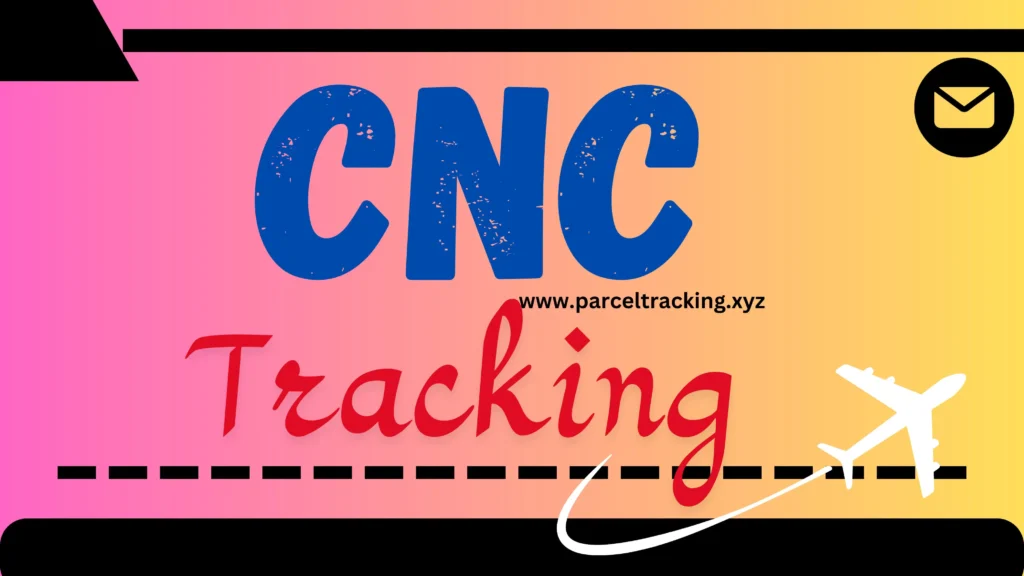
Benefits for Different Industries
Automotive Manufacturing
Car makers use CNC tracking to:
- Make sure engine parts fit perfectly
- Keep assembly lines running smoothly
- Track the quality of every part made
Aerospace Industry
Airplane manufacturers need extra-careful tracking because:
- Parts must be perfect for safety
- Materials are very expensive
- Many complex parts must work together
Medical Device Manufacturing
Making medical equipment requires:
- Perfect accuracy every time
- Complete records of how parts were made
- Special cleaning and handling
Making CNC Tracking Work Better
Good Planning
Before starting with CNC tracking, companies should:
- Figure out what they need to track
- Choose the right system for their work
- Train workers to use the system
- Make sure everyone understands why tracking matters
Regular Updates
To keep tracking systems working well:
- Check and update software regularly
- Replace worn-out sensors
- Train new workers
- Look for ways to improve
Common Challenges and Solutions
Challenge 1: Too Much Data
Sometimes tracking systems collect so much information it’s hard to understand what’s important. The solution is to:
- Focus on the most important measurements
- Use software that makes data easy to understand
- Train workers to spot what matters most
Challenge 2: Machine Problems
Even the best machines sometimes have trouble. Good tracking systems help by:
- Warning about problems early
- Showing what went wrong
- Helping fix issues quickly
- Preventing the same problem next time
Looking to the Future
Smart Factories
The future of CNC tracking includes:
- Machines that learn from experience
- Systems that fix problems automatically
- Better ways to see how everything works together
- More connected machines and tools
New Technology
Coming improvements will bring:
- Better sensors that catch more problems
- Faster computers that watch more things
- Easier ways to use tracking systems
- More accurate measurements
Getting Started with CNC Tracking
First Steps
If you’re new to CNC tracking, start by:
- Learning about different systems
- Talking to other companies using tracking
- Starting small and growing slowly
- Making sure workers understand the system
Choosing a System
Pick a tracking system that:
- Fits your company’s size
- Works with your machines
- Is easy for workers to use
- Can grow as you need more features
Making the Most of Your System
Training Workers
Good training helps by:
- Teaching everyone how to use the system
- Showing why tracking matters
- Helping workers spot problems
- Making sure everyone knows what to do
Regular Checks
Keep your tracking system working well by:
- Testing it regularly
- Fixing problems quickly
- Updating when needed
- Listening to worker feedback
Safety and Security
Protecting Information
CNC tracking systems need good security because:
- They hold important company information
- Hackers might try to cause trouble
- Mistakes could cause big problems
- Rules require protecting certain data
Safe Operation
Good tracking helps keep workers safe by:
- Watching for dangerous conditions
- Stopping machines if something’s wrong
- Recording safety information
- Teaching safe ways to work
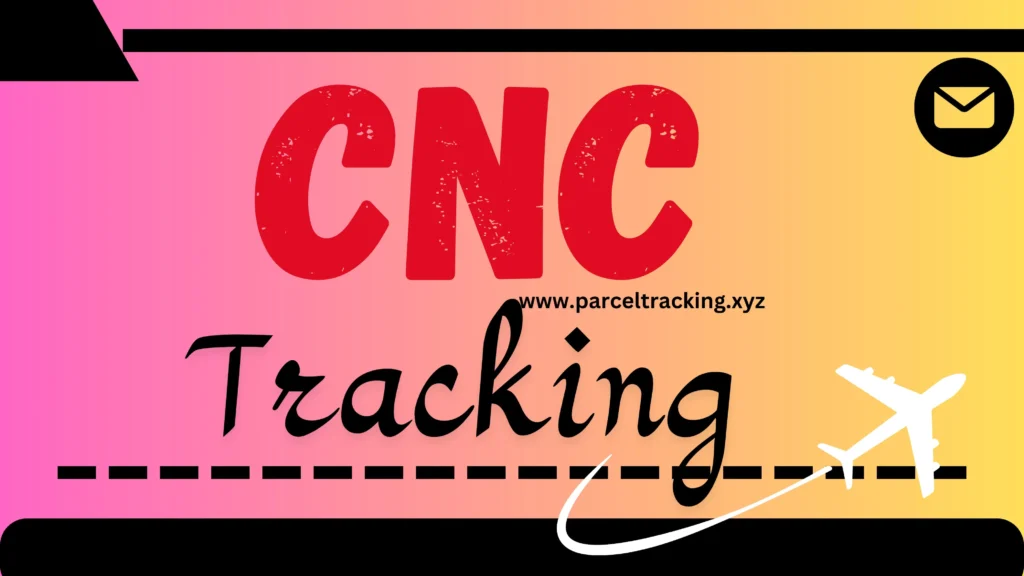
Cost and Value
Saving Money
CNC tracking saves money by:
- Reducing waste
- Catching problems early
- Making work more efficient
- Helping machines last longer
Making Money
Companies make more money with tracking because:
- Parts come out better
- Work gets done faster
- Fewer mistakes happen
- Customers are happier
Conclusion
CNC tracking has become a must-have tool in modern manufacturing. It helps companies work better, safer, and smarter. As technology improves, tracking systems will become even more important for making things well and keeping factories running smoothly.
By following this guide, companies can understand what CNC tracking offers and how to use it well. The key is starting with clear goals, choosing the right system, and ensuring everyone knows how to use it. With good tracking, manufacturing becomes more efficient, safer, and more profitable.
Frequently Asked Questions About CNC Tracking
1. What exactly is CNC tracking and why do I need it?
CNC tracking is a system that watches and controls computer-guided manufacturing machines. Think of it like a smart assistant that keeps an eye on all your factory equipment at once. You need it because it helps catch problems early, saves money on materials, and makes sure your products come out perfectly every time. Without tracking, you’d be working blind – imagine trying to cook without checking your food or temperature!
2. How much does a CNC tracking system typically cost?
The cost of CNC tracking systems varies widely, like buying a car – you can get a basic model or a luxury version. Basic systems might start around $5,000, while advanced systems for large factories can cost $100,000 or more. However, most companies find that these systems pay for themselves within 1-2 years through reduced waste and better efficiency. The exact cost depends on how many machines you need to track and what features you want.
3. Can CNC tracking work with my older machines?
Yes! Legacy machine integration is possible with most modern tracking systems. It’s like adding a smart thermostat to an old heating system – you can make old equipment work with new technology. You might need to add some sensors or controllers to your older machines, but most tracking systems are designed to work with both old and new equipment. Companies that sell tracking systems can usually check your machines and tell you exactly what you’ll need.
4. How long does it take to set up a tracking system?
Setting up a CNC tracking system usually takes between two weeks and three months. The time depends on how big your factory is and how many machines you’re connecting. Think of it like setting up a new computer network – you need time to install equipment, set up software, and train people. The most important part is making sure everyone knows how to use the system properly.
5. Will my workers need special training to use the tracking system?
Yes, workers will need training, but CNC tracking systems are designed to be user-friendly. Most workers can learn the basics in a few days, just like learning to use a new smartphone. Advanced features might take a few weeks to master. The best systems come with training programs and support from the company that makes them. Regular practice and updates help workers stay good at using the system.
6. What happens if the tracking system stops working?
Modern CNC tracking systems have backup plans built in. If something goes wrong, the system saves important information and can often keep working in a limited way. It’s like having a backup generator for your power – you might not get everything, but you can keep the most important things running. Good systems also come with technical support that can help fix problems quickly, often within hours.
7. Can CNC tracking help prevent machine breakdowns?
Yes! Predictive maintenance is one of the best features of tracking systems. They can spot signs that a machine might break down before it happens. It’s like how your car might warn you about low oil before the engine has problems. The system watches for things like unusual vibrations, temperature changes, or weird noises that might mean trouble is coming.
8. How secure is the data from my tracking system?
CNC tracking security is taken very seriously by system makers. Your data is usually protected by strong encryption – the same kind of security that banks use. You can control who sees what information, and good systems keep detailed records of who looks at or changes anything. Regular security updates help protect against new threats, just like your computer’s antivirus software.
9. Can I check my tracking system when I’m not at the factory?
Most modern CNC tracking systems offer remote monitoring through secure internet connections. This means you can check on your machines from your phone or computer anywhere you have internet access. It’s like having security cameras you can check from your phone, but for your whole factory. Some systems even send alerts to your phone if something needs attention.
10. How often does the tracking system need to be updated?
CNC tracking software usually needs updates every few months, just like your phone or computer. These updates might add new features, fix problems, or improve security. The physical parts like sensors might need checking or replacing every few years, depending on how much you use them. Regular maintenance helps keep everything working well and catches problems before they get big.
This FAQ guide helps answer the most common questions about CNC tracking. Remember that specific details might vary depending on which system you choose and how you use it. Always check with system providers for the most accurate information for your situation.
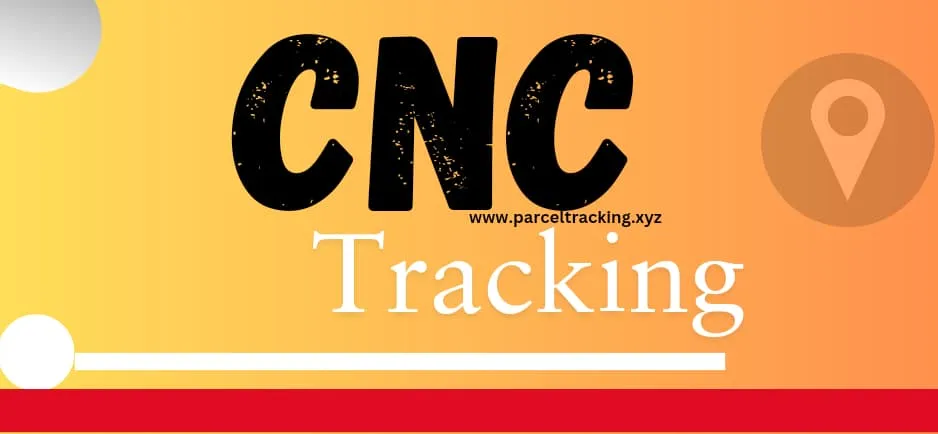
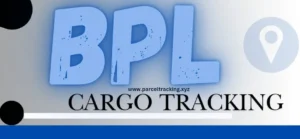
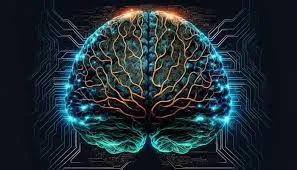

Your website is a great resource for anyone looking to discover more about these subjects.
I admire how you simplify complex concepts into comprehensible segments. Kudos!